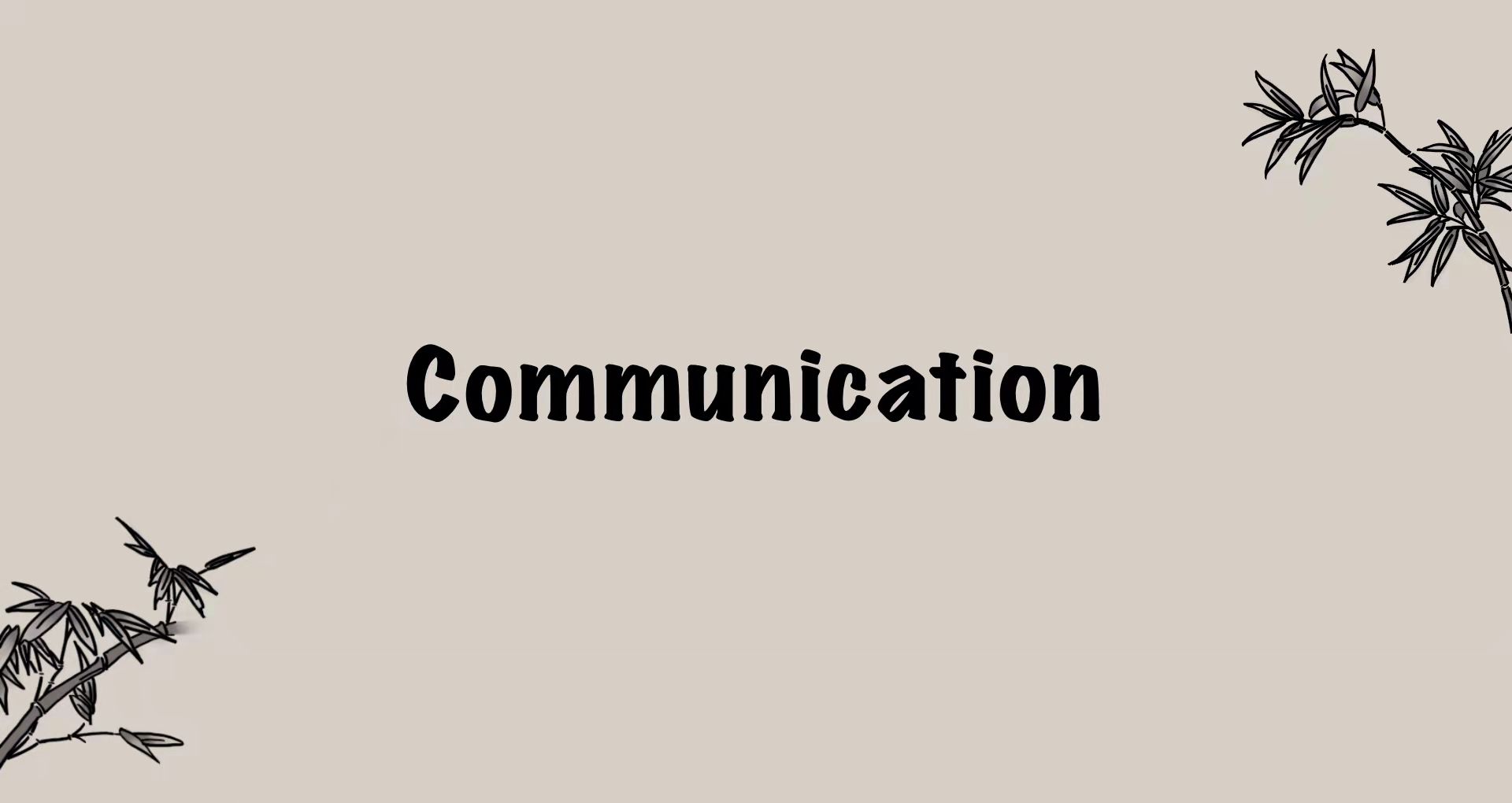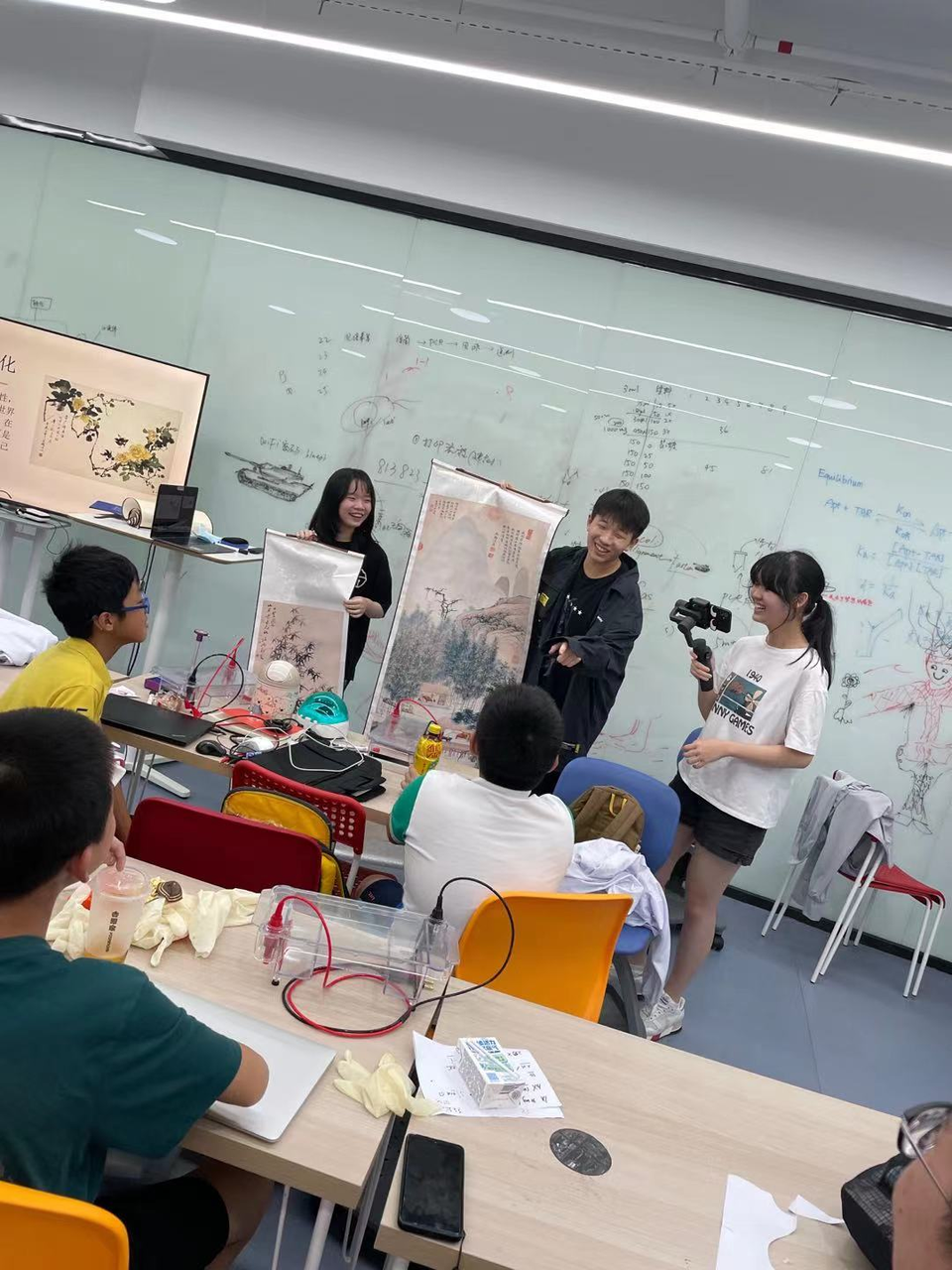

Communication
GreatBay_SZ is always delighted to reach out to people in all fields to improve our product. Through communications, not only did we confirm our demand and locate our market, but more importantly, we always summarized their views to improve our ways to convey our information: to preserve and advocate Chinese tradition.
To gain a basic comprehension of our product’s demand and market conditions, we designed a questionnaire and collected 800 responses in total.
In all of the sample, 60% of people preferred to buy a cheap alternative for less money. No more than 5% of the sample group accept anti-counterfeiting goods. It shows that people have a certain aversion to counterfeit goods, which verifies the urgent demand of consumers for the development of anti-counterfeit technology from the side.

When asking their preference on the characteristics of anti-counterfeiting labels, we discovered that the most wanted feature is accuracy, followed by straightforward procedure and not affecting the aesthetic appearance. The top ranked market demands correspond to the highlight of our spore system as it provides accurate detection through CRISPR-Cas12a, and it does not affect the appearance of goods.

In a question investigating people’s attitude towards fake product, we set a scale from 1 to 10 (1 refers to no aversion while 10 refers to extremely aversion). The result shows that 54.75% of the people expressed extreme aversion to fake products. The average score is 8.72, which shows that people have a high degree of aversion to counterfeit goods, and it is necessary to carry out anti-counterfeiting measures. The results justify our product’s demand and show the enormous potential which our spore system may achieve.

After doing basic research, we contacted a local Chinese traditional painting artist and an art gallery – both to summarize users' perspective and to seek inspirations on how to combine spores with traditional Chinese painting techniques, including stamps. The results was compelling.
ARTIST
Weiquan Meng is an artist who focuses on combining traditional Chinese art with modern techniques. Meng attended the 13th national artwork exhibition with his painting 《Forty Years of the Rise》. He depicted the developments and changes of the buildings in Shenzhen with both traditional methods and modern textures. His skills as well as his ideas correspond to our goal: use modern technology to renew traditional arts. Therefore, we decided to conduct an interview with him to gain a further understanding of Chinese art and stamps.
Meng said that stamps were originally designed for signature purposes. Thus, artists sometimes ask professional craftsmen to design their own stamp, or they might even carve it themselves. Ultimate goal is to achieve their own unique stamps and to differentiate them from others to prevent counterfeiting.
Besides serving the purpose of signing and counterfeiting, the stamp is part of the artwork itself. In Chinese traditional paintings, the composition of an artwork is extremely important, the position of stamps can help the paintings reach a sense of balance and symmetry.
At the same time, we also learned the characteristics of Chinese paintings from Meng, for instance, the composition of different drawing papers and strokes. It laid a foundation for our later communication introducing to children, a process of converting what we have received to the teaching of others.
Then, we asked Meng whether he would like to take part in the user trials of our spore system, he seemed very curious and excited about our project. He claimed that he would be willing to try it because it would really make his paintings more innovative, and he is looking forward to how our project will turn out.

GALLERY
In consideration of the procedures involved in art transactions, we also reached out to a local gallery called KennaXu. Always busy with art dealings and art identifying, the host of the gallery provided us with deliberate information on art trading as well as a range of artists’ attitudes on different counterfeiting methods.
Since we discovered that most of the works in the gallery are modern arts, we started by asking our first question concerning the decreasing popularity of traditional art.
He responded that we should not set such a solid border between traditional and modern art as a lot of modern art arises from tradition. However, in the market, there will be less and less traditional art. Not only because most classic pieces have already been collected by museums, but he also mentioned that our environment and culture change rapidly and that we no longer have a connection to those pieces. When we look at traditional landscape paintings, we view them as history and the past.
We felt sorry for the decline of traditional art in the market, especially after experiencing the diversity and important cultural value of it when interviewing Meng.
Inspired by the host, however, we found that our product could provide a solution. Besides serving the purpose of counterfeiting, it also serves as a tool, a vehicle carrying special information for the artist. Artists are able to add any specific information in the barcode, whether through stamps or even just spraying on the paintings. At the same time, it leads traditional art back into the eyes of the crowd by combining it with modern technology. Not only does our spore system supplement a painting, but it may also revenish traditional Chinese art with something that catches the eyeball of the younger generation, to prevent it from fading.

LECTURE
After communicating with all kinds of people in the art industry, we gained a more comprehensive understanding of Chinese art, including both history and concerns.
Dedicating to solve the concerns, we decided to take action. Luckily, last summer, we got a chance to spread awareness to the youngest generations. We spread what we learned from the interviews to students around our age, combining with our project, we introduced what we knew about synthetic biology and how that could be a solution to the problem. We were astonished by the enthusiasm from the younger generation, not only towards synthetic biology, but also the preservation of traditional Chinese paintings.


Our team, together with GreatBay_SCIE, GreatBay_United and SMS_Shenzhen, organized a seminar on synthetic biology for high school students. We introduced our project to high school students and had a productive question and answer session. We were surprised by the questions and insights that students raised about synthetic biology. Click here for more details about the Synbio lecture.


SOCIAL MEDIA
Motivated by the children’s passion, we aimed to spread our impact by setting up social media accounts on both YouTube, Bilibili, and WeChat Public Account. We have been updating blogs on traditional Chinese paintings and spreading invitations to online lectures. We were fulfilled when we received direct mails from a number of students who asked further questions based on our blogs. Getting hundreds of views for every posts, our posts encourage younger generation to respect traditional Chinese paintings with appreciation and to advocate for them with confidence.

Southern China Reginal Meeting
The Southern China Reginal Meeting is aimed to provide a platform for teams to share their project and good ideas so that others might be inspired from that. In this conference, we shared our project with others and gathered many suggestions.

CCiC
The Conference of China iGEMer Community (CCiC), held annually, is the biggest meeting for China iGEM teams. It encourages teams to present their projects and communicate with other teams. This year, we attended the 8th CCiC conference held by team Fudan. Such an opportunity allowed us to receive approvement on our project and advice on how to improve our presentation.



HP communication
On September 21, our team held an online meeting with SZ_SHD, GCGS_China, NDNF_China, SDSZ_China, Yucai_SZ to exchange our views on human practice. We briefly shared our experiences and offered each other advice, especially on human practice. Not only did the meeting give us an idea of where the other teams were going, but it also allowed us to reevaluate our current progress and plans, which led to new ideas for future human practice and education schedule. For example, during the meeting, we noticed that SZ-SHD conducted field research to expand the group of people they studied beyond their relatives and friends in the Suzhou beauty conference. We thought such a survey method would be useful for us, so we applied it in our survey.

